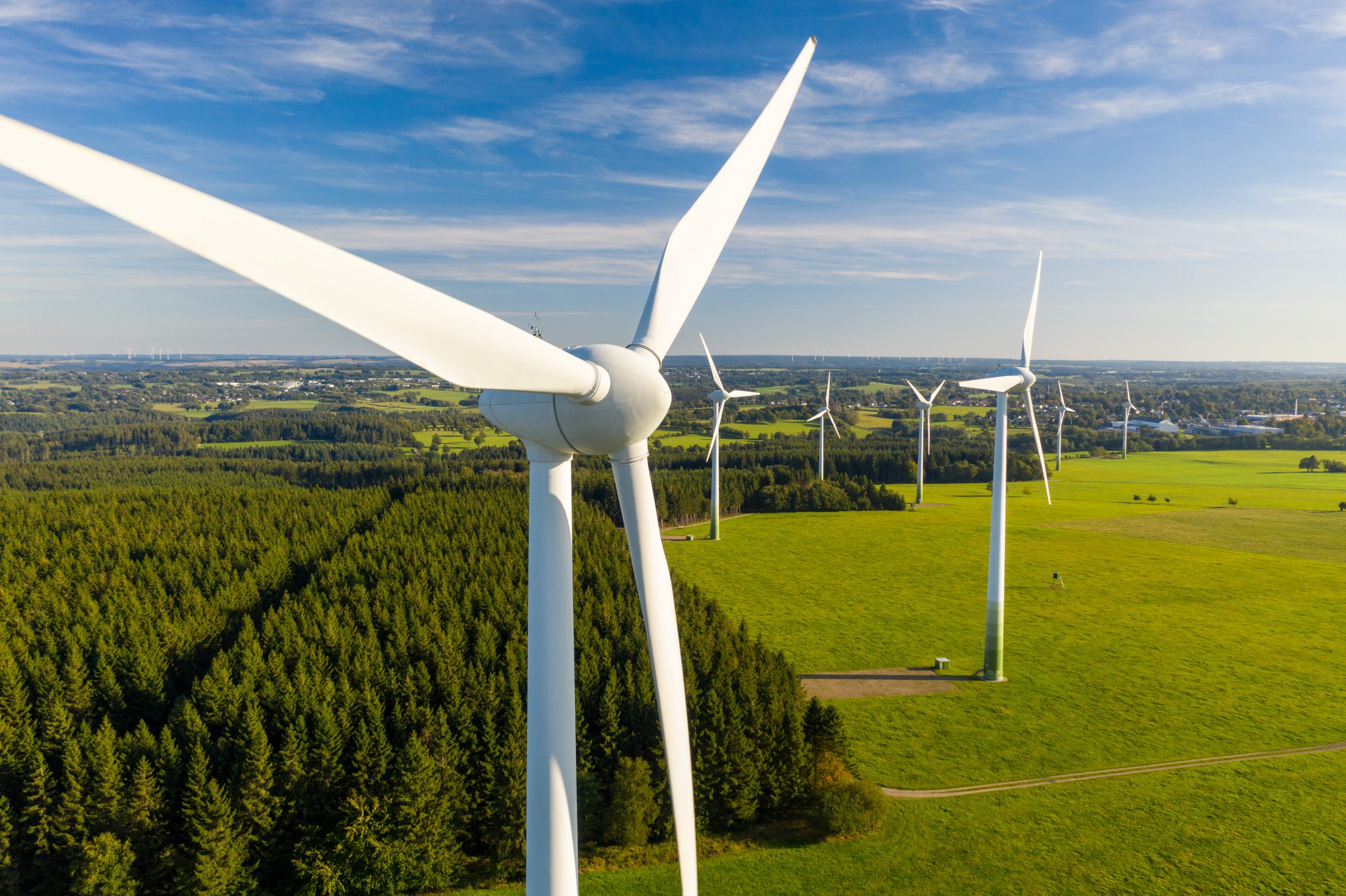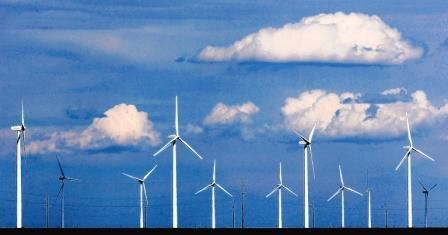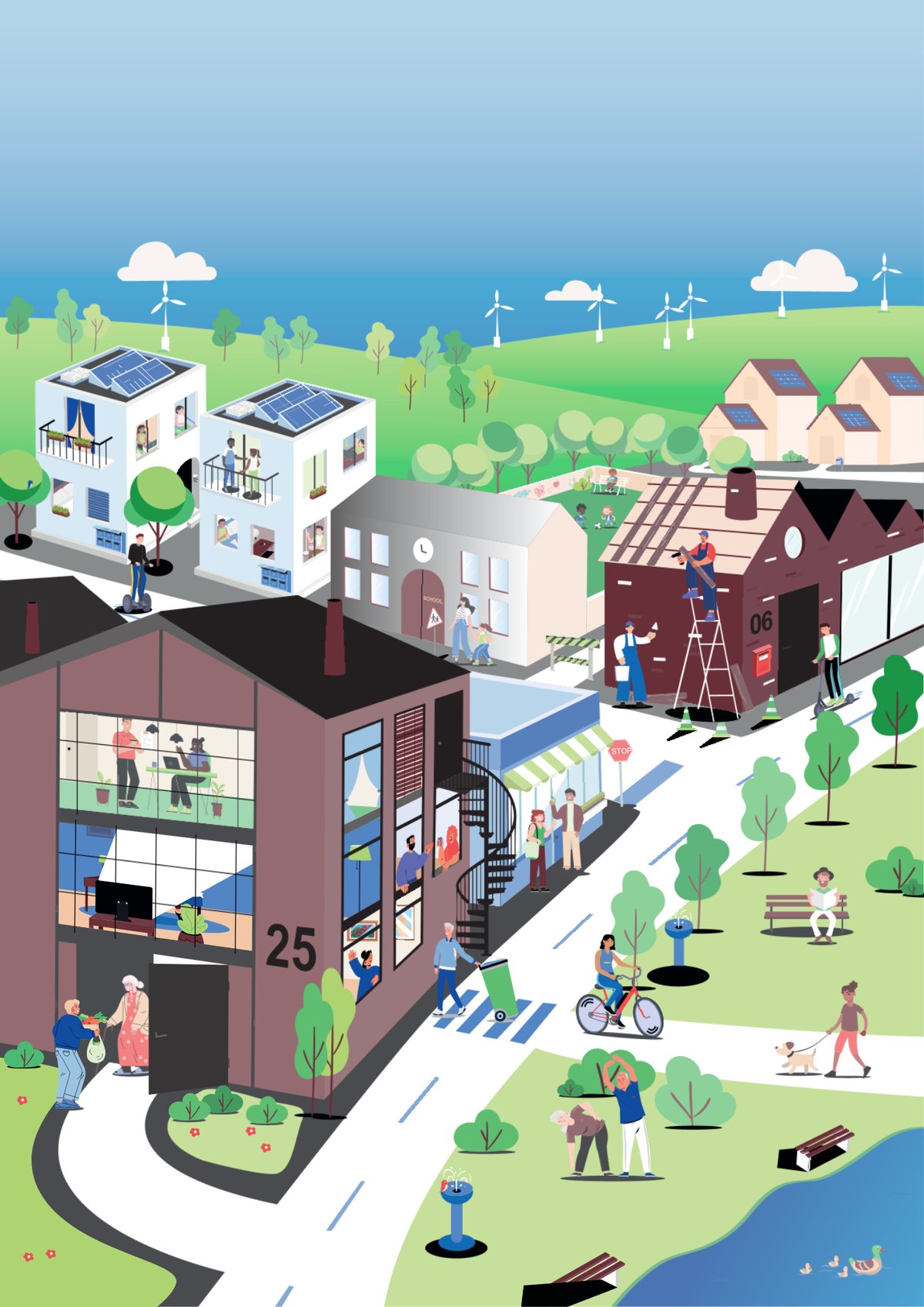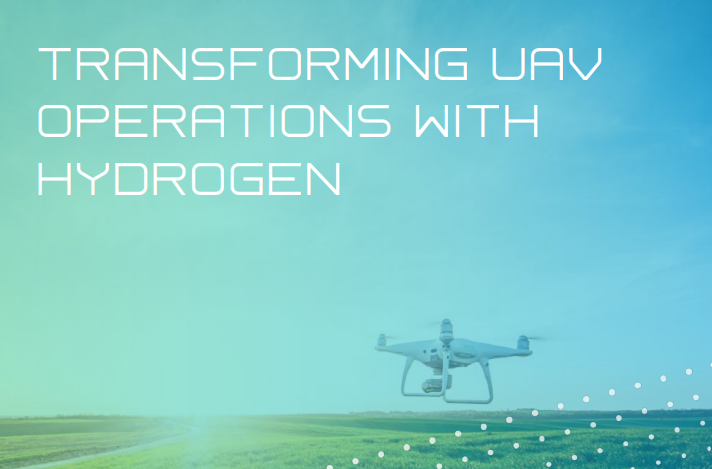Report on the Socio-Economic Impacts of Wind Energy Installations and Alignment with Sustainable Development Goals (SDGs)
Introduction: Overcoming Barriers to SDG 7 (Affordable and Clean Energy)
- The deployment of commercial wind energy, a critical component of achieving SDG 7, frequently encounters public opposition.
- Concerns often center on potential negative impacts on public safety, noise levels, and local property values.
- Recent research provides a nuanced perspective, challenging the narrative that wind installations uniformly decrease property values and instead highlighting significant community-wide benefits that support multiple SDGs.
Research Methodology and Scope
- A study by researchers from the University of Connecticut, Lawrence Berkeley National Laboratory, and American University analyzed the community-level impacts of wind energy installations across the United States.
- The analysis integrated two primary datasets:
- The United States Wind Turbine Database, containing the geographic coordinates and operational dates of all wind projects.
- Comprehensive data on over 21 million home sale transactions from 2005 to 2021, combined with annual financial data for every U.S. school district.
- School districts were utilized as the unit of analysis due to their small geographical size and the availability of high-quality, consistent financial data, serving as an effective proxy for local community governance.
Key Findings: Contributions to Sustainable Development
- The study reveals that wind energy projects provide substantial local benefits, directly contributing to the advancement of several SDGs.
- SDG 8 (Decent Work and Economic Growth) & SDG 11 (Sustainable Cities and Communities):
- On average, school districts hosting wind energy installations experienced a 3% increase in overall property values after the projects became operational.
- This positive economic impact was directly correlated with the size of the installation; larger projects generated greater increases in value.
- The revenue generated by these installations enhances local economic health and contributes to the development of more financially sustainable communities.
- SDG 4 (Quality Education):
- The siting of a wind energy installation was correlated with significant increases in per-pupil revenues and expenditures.
- Host school districts also experienced meaningful declines in pupil-to-teacher ratios.
- These findings demonstrate that revenue from clean energy infrastructure can directly improve the quality and resourcing of local education systems.
- Analysis of Proximity Effects:
- The research confirmed that negative impacts on property values do occur but are highly localized.
- A decline of 5-10% was observed exclusively for homes within a one-mile radius of a proposed turbine.
- This effect begins at the project announcement phase but does not extend to the wider community, and values in close proximity show signs of recovery post-operation.
Implications for Policy and Achieving SDG 13 (Climate Action)
- These findings offer crucial evidence to reframe the public discourse from localized negative impacts to the widespread positive contributions of renewable energy projects.
- By demonstrating a net positive effect on community-wide property values and public services like education, the research supports policies that accelerate the transition to clean energy in line with SDG 13.
- The data suggests a path forward where the broad community benefits are emphasized, while targeted compensation mechanisms could be developed for the small number of residents who experience negative proximity effects.
Future Research
- The research team intends to apply this analytical framework to assess the community-level socio-economic impacts of the growing number of large-scale commercial solar energy installations.
Analysis of Sustainable Development Goals in the Article
1. Which SDGs are addressed or connected to the issues highlighted in the article?
-
SDG 7: Affordable and Clean Energy
- The entire article revolves around the siting and impact of commercial wind energy installations, which are a primary source of clean and renewable energy. The research discussed aims to understand the community acceptance and socio-economic effects of deploying this clean energy technology.
-
SDG 4: Quality Education
- The study explicitly uses local school district data to measure community impact. The article states that wind energy installations are correlated with “relatively large increases in per-pupil revenues and expenditures and smaller, but significant, declines in pupil-to-teacher ratios,” directly linking the energy project to the improvement of educational resources and environments.
-
SDG 11: Sustainable Cities and Communities
- The research addresses key aspects of sustainable community development. It examines the economic impact on local communities, specifically through property values and local government revenue. The finding that “communities actually tend to experience a surprising and meaningful 3% increase in property values overall” challenges common narratives and informs sustainable planning for human settlements that incorporate renewable energy infrastructure.
-
SDG 8: Decent Work and Economic Growth
- The article highlights the positive local economic growth stemming from wind energy projects. The “flood of revenue to local communities” that can be used to “improve services, lower tax rates, and invest in things like public education, infrastructure, and other community needs” is a direct contribution to local economic development and well-being.
-
SDG 9: Industry, Innovation and Infrastructure
- Wind turbines represent a form of sustainable and resilient infrastructure. The article discusses the development and deployment of this infrastructure. Furthermore, the research itself is an innovation, providing new data and analysis that can help upgrade infrastructure planning by promoting the “greater adoption of clean and environmentally sound technologies” like wind power.
2. What specific targets under those SDGs can be identified based on the article’s content?
-
Target 7.2: By 2030, increase substantially the share of renewable energy in the global energy mix.
- The article’s focus on “siting new commercial wind energy installations” is a direct action contributing to this target. The study’s findings, which may help “change the dialogue and general framing of the impacts of renewable energy on communities,” can facilitate greater acceptance and deployment of such projects, thus increasing the share of renewable energy.
-
Target 4.a: Build and upgrade education facilities that are child, disability and gender sensitive and provide safe, non-violent, inclusive and effective learning environments for all.
- The article provides evidence that revenue from wind installations leads to “increases in per-pupil revenues and expenditures.” This additional funding is the means by which school districts can upgrade facilities and improve learning environments, for instance, by achieving “declines in pupil-to-teacher ratios,” which is a key component of an effective learning environment.
-
Target 11.a: Support positive economic, social and environmental links between urban, peri-urban and rural areas by strengthening national and regional development planning.
- The study focuses on the economic impacts in “largely rural communities where these commercial installations tend to be sited.” The findings of increased property values and school district revenue demonstrate a positive economic link created by the energy project, which can inform and strengthen regional development planning.
-
Target 8.1: Sustain per capita economic growth in accordance with national circumstances and, in particular, at least 7 per cent gross domestic product growth per annum in the least developed countries.
- While not measuring national GDP, the article details significant local economic growth. The “3% increase in property values” and the injection of revenue into local communities are direct measures of sustained local economic growth, contributing to the broader national goal.
-
Target 9.4: By 2030, upgrade infrastructure and retrofit industries to make them sustainable, with increased resource-use efficiency and greater adoption of clean and environmentally sound technologies and processes, in accordance with their respective capabilities.
- Commercial wind energy installations are a prime example of upgrading energy infrastructure with clean and sustainable technology. The article discusses the process and impact of adopting this technology, which is central to achieving this target.
3. Are there any indicators mentioned or implied in the article that can be used to measure progress towards the identified targets?
-
For SDG 7 (Target 7.2):
- The primary implied indicator is the number and operational capacity of new commercial wind energy installations. The study uses the “United States Wind Turbine Database” which tracks the “location and characteristics of all wind energy projects in the country,” including their “operation year.”
-
For SDG 4 (Target 4.a):
- The article explicitly mentions several indicators used in the study: per-pupil revenues, per-pupil expenditures, and pupil-to-teacher ratios within school districts hosting wind energy projects.
-
For SDG 11 (Target 11.a) and SDG 8 (Target 8.1):
- The article identifies clear economic indicators: the percentage change in home values (specifically, a “3% increase in property values overall”) and the increase in local government/school district revenues resulting from the energy installation.
-
For SDG 9 (Target 9.4):
- An indicator is the size of the energy project. The article states that the positive impacts on revenues and home values “were strongly correlated with the size of the energy project – the larger the installation, the greater the positive impact,” making project size a key metric for measuring the impact of adopting this clean technology.
4. Summary Table of SDGs, Targets, and Indicators
| SDGs | Targets | Indicators |
|---|---|---|
| SDG 7: Affordable and Clean Energy | 7.2: Increase substantially the share of renewable energy in the global energy mix. | Number and operational capacity of new commercial wind energy installations. |
| SDG 4: Quality Education | 4.a: Build and upgrade education facilities and provide safe, inclusive and effective learning environments for all. | Increases in per-pupil revenues and expenditures; Declines in pupil-to-teacher ratios. |
| SDG 11: Sustainable Cities and Communities | 11.a: Support positive economic, social and environmental links between urban, peri-urban and rural areas. | Overall percentage increase in community property values (e.g., 3%); Increase in local government/school district revenues. |
| SDG 8: Decent Work and Economic Growth | 8.1: Sustain per capita economic growth in accordance with national circumstances. | Increase in property values; Influx of revenue to local communities for services and infrastructure. |
| SDG 9: Industry, Innovation and Infrastructure | 9.4: Upgrade infrastructure and retrofit industries to make them sustainable…with greater adoption of clean…technologies. | The number and size (capacity) of operational wind energy projects sited in communities. |
Source: today.uconn.edu







